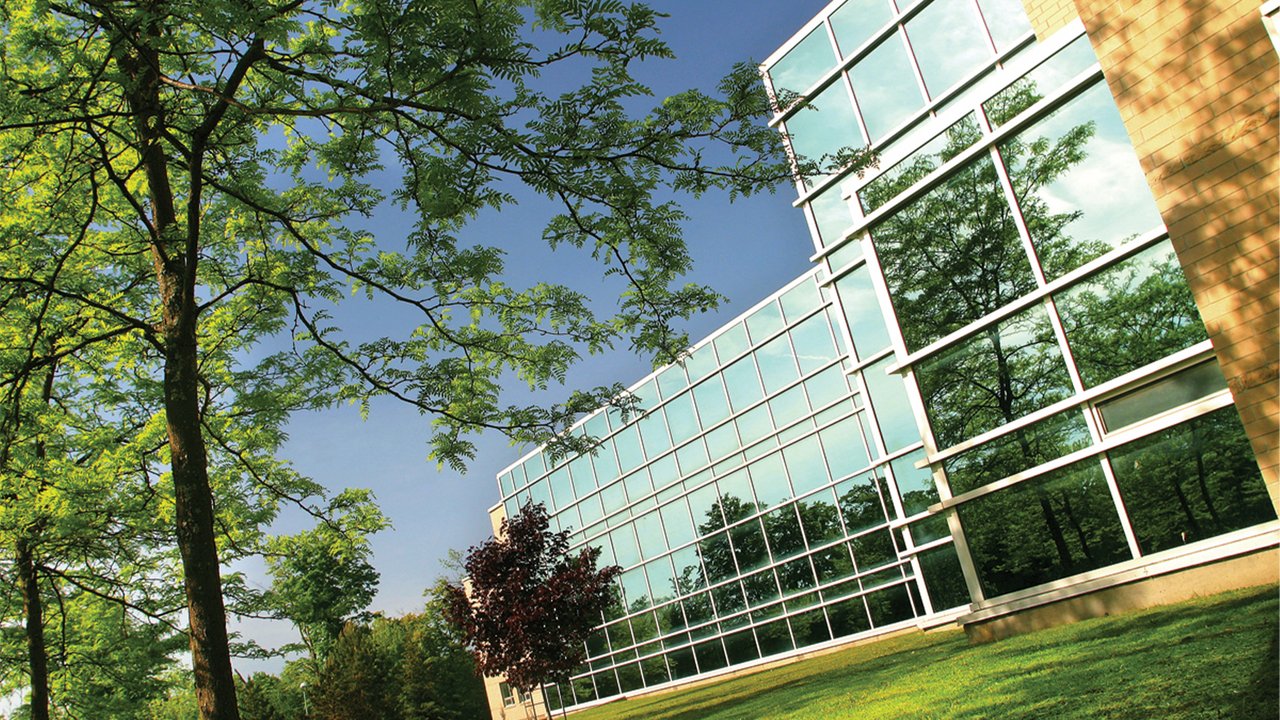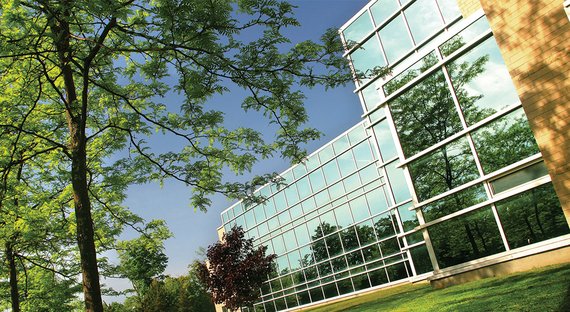



As we have mentioned in the content section of this website, historically, a paternalistic attitude determined much of Canada's relations with Indigenous communities. Education is an area where this paternalism was acutely expressed, particularly within the Residential School system.
If we are to strive for reconciliation with First Peoples in this country, a key component of the process will be rethinking not just what we teach, but how. In other words, incorporating Indigenous content is not enough. We must also work to reach our Indigenous students by teaching in ways that complement how they learn. Given the legacy, it is no surprise that many Indigenous learners feel that education is something that is done to them, not with them. What this discussion of pedagogical Indigenization aims to do is provide both an overarching framework for exploring Indigenous learning and some practical ways in which this type of adaptive learning can be implemented in a classroom setting.
As necessary as it may be, such an adaptation to pedagogy is not without its challenges.
The key challenge here is not just the legacy of Indigenous education in Canada, but the underlying conflicts between Indigenous and Eurocentric understandings of knowledge that such a legacy represents.
As we have discussed in our introductory materials section of the website, the legacy of education since colonization has been a fraught one for Indigenous peoples. The Residential school system but also some of the current educational models have created a negative perception of Western/Eurocentric learning environments for Indigenous students and their families.
The first step that we, as teachers, need to take is to acknowledge this problematic legacy. In a more general sense, then, we need to decolonize ourselves. How do we decolonize ourselves?
The second and related challenge to Indigenizing pedagogy is the stark contrast between Eurocentric and Indigenous educational approaches.
Central to the philosophy of Eurocentric education is the notion of knowledge as a commodity that the teacher possesses and the student needs to learn. Such a perception creates a hierarchical education system, with the teacher in a position of power. Moreover, the transfer of knowledge within this system is designed to reach the masses, with the proof of the knowledge having been transferred a series of tests or written assignments that demonstrate extraction of knowledge.
In contrast, Indigenous pedagogy perceives knowledge as a living, dynamic entity that is always changing as it is shared, depending on how and with whom it is shared. Indigenous communities recognize the diversity of the individual learner and are willing to adapt pedagogy on a case by case basis. Moreover, the desire here is for the knowledge to be absorbed and understood, which means that often more time is needed to ensure that this essential process occurs. The evidence of knowledge acquisition is not tests or assignments but, rather, demonstration of skills or use of knowledge in real world scenarios.
Our current educational system cannot entirely accommodate Indigenous pedagogy. We are faced with particular timelines and particular learning goals that we must meet within our courses. However, there is clearly some rethinking and adapting that can be done within the classroom in order to help reach and retain our Indigenous learners.
We must acknowledge that even these small shifts are not always easy to implement. Practical challenges include:
Here we will provide an outline of some general concepts of Indigenous pedagogy then move on to provide some concrete resources and assignments to help teachers reconfigure their classes in small ways to accommodate Indigenous learners.